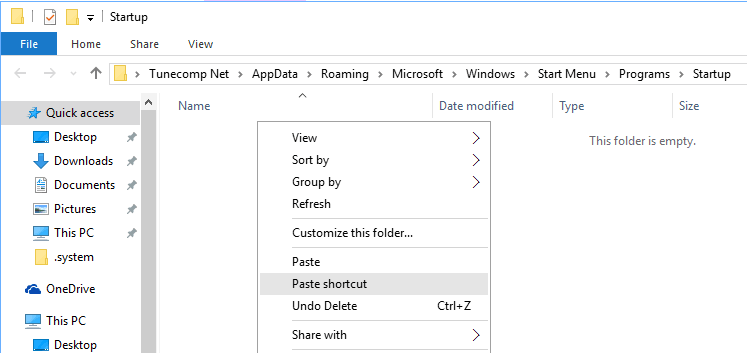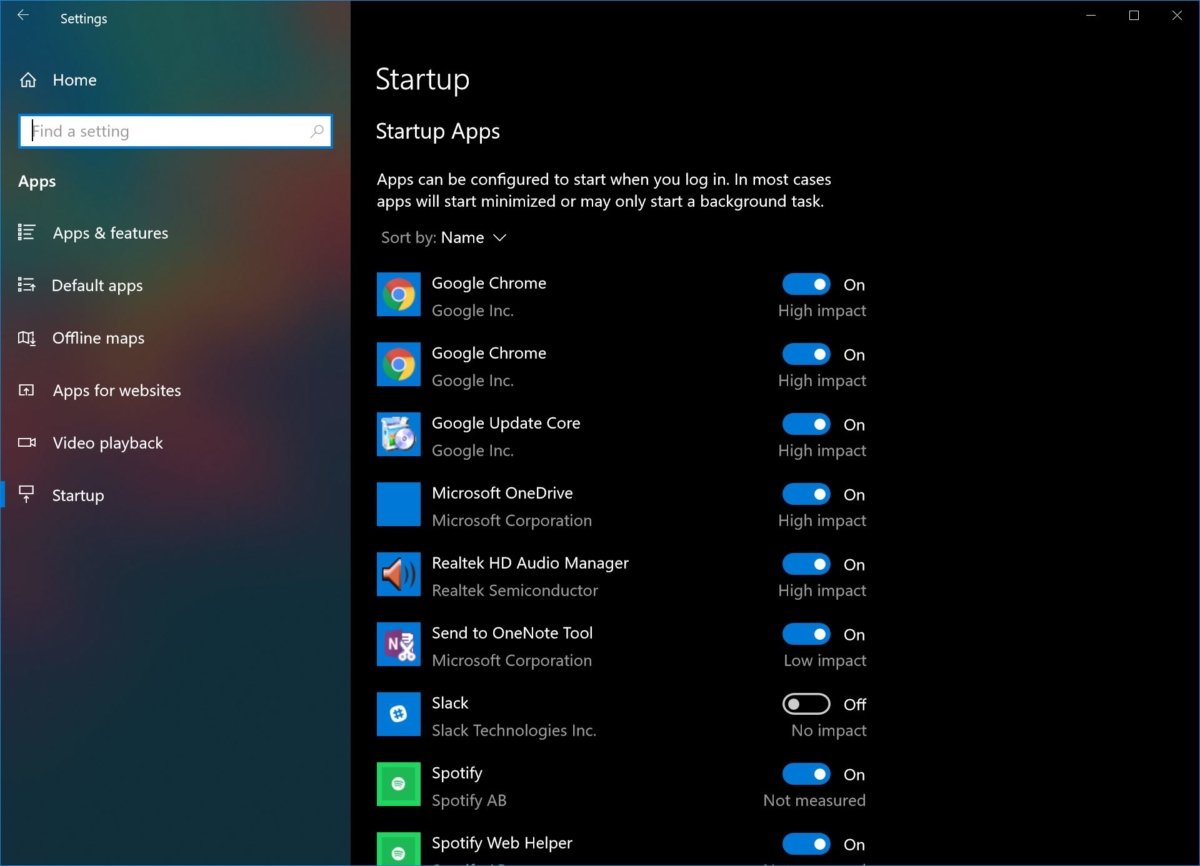
Remove unwanted startup applications in Vista with Windows Defender Use Windows 10's Task Manager (Everything You Need to Know) How to Break into Somebody's Computer Without a Password (Exploiting the System)Įverything You Need to Disable in Windows 10 Speed Up Windows 8 System by Disabling Startup Programĭisable Startup Program to Speed Up PC in Windows 7Īdd or Prevent Programs from Starting Automatically When Booting Windows 8 From here, head over to the Startup tab where you'll find the new menu. To start, press Ctrl + Shift + Esc simultaneously, which will bring up the Windows task manager. Windows 10 has made it much easier to control your startup programs-instead of being buried deep amongst your settings, you can now restrict these pesky programs right from the task manager. So if you've been noticing general sluggishness recently, I'll show you how to disable these startup programs below. Programs that start up alongside Windows not only increase your total boot time, but they continue to run in the background and bog down your computer's performance.

The only difference is that programs cannot be added or removed. There is one area that enables you to interact with the Startup function, which contains all of the programs found inside of the folder. Attempting to understand why a certain application isn’t opening, or when working with applications that feature user-based licensing or access restrictions will require you know which Startup Folder to configure. Understanding the distinction between the All Users and Current User Startup Folders is important when it comes to troubleshooting. Each account will contain a unique Startup Folder in addition to the universal Startup Folder. The second one only really matters if you have multiple accounts on your Windows 10 computer.

One Windows 10 Startup folder operates at the system level and is shared among all user accounts (All Users folder), while the other operates at a user level and is unique to that user’s account (Current User folder).

When it comes to the Windows 10 Startup folder, it can be found in two different locations.


 0 kommentar(er)
0 kommentar(er)
